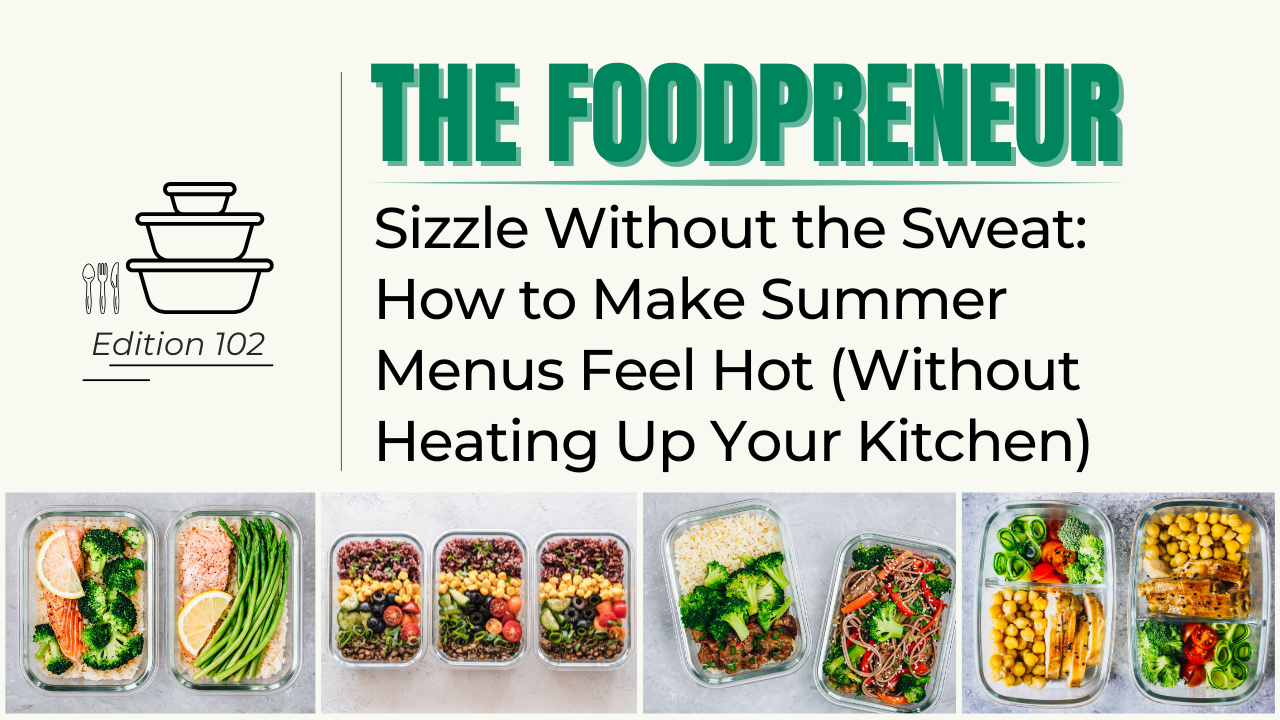Overcoming objections
You’re running—or about to launch—an incredible heat-and-eat meal delivery service. But despite offering the freshest food, speedy delivery, and top-notch customer support, you’ll still encounter frequent objections—people who need an extra push to truly recognize the value you bring to the table (literally).
Our advice? Understand the most common objections heat-and-eat companies face so you can be prepared to address them—or, better, structure your go-to-market messaging so you’re proactively speaking to these concern upfront, creating a more seamless path to purchase. Start here:
#1. Cost Objection: “It’s too expensive compared to preparing meals at home.”
How to respond:
- Focus on your value proposition: Instead of focusing on cost alone, emphasize your brand’s value proposition. A heat-and-eat meal subscription saves time, reduces food waste, and is often less costly than eating out or ordering in.
- Cost-benefit analysis: Highlight the indirect costs of meal preparation: grocery shopping, meal planning, cooking, and cleaning. When consumers see the full picture, the subscription might seem more reasonable.
- Tiered pricing: Offer different pricing plans or occasional discounts to cater to varying budgets.
#2. Customization & Dietary Preferences Objection: “The meals might not cater to my specific dietary needs or preferences.”
How to respond:
- Flexible menu options: Ensure your service offers a range of meals catering to different dietary needs—vegan, gluten-free, low-carb, keto, organic, and more. Regularly updating the menu can also prevent monotony.
- Personalization: Implement a system where subscribers can input preferences and customize meals accordingly.
- Transparent ingredients list: Always list out ingredients. This not only builds trust but also allows customers to know exactly what they’re consuming.
#3. Quality and Freshness Concerns Objection: “How fresh can a pre-made meal be? I don’t want to eat something that’s been sitting around.
How to respond:
- Educate on packaging and preparation: Use your platform to educate customers about how meals are prepared and preserved. Techniques like vacuum-sealing or flash-freezing can retain the freshness and nutrients of food for longer durations.
- Quick turnaround: Emphasize on the speed of delivery from preparation to the doorstep. If meals are prepared and delivered the same day, make it a key marketing point.
- Testimonials and reviews: Social proof—positive feedback from existing users about the quality and freshness of your meals—can be a great way to engage and convert potential subscribers without overselling.
#4. Commitment Concerns Objection: “I don’t want to be locked into a long-term subscription.”
How to respond:
- Flexible subscription plans: Instead of only offering monthly or yearly plans, consider weekly or bi-weekly options. This gives consumers the freedom to try the service without feeling overly committed.
- Simple, no-questions-asked cancellations: Ensure your cancellation process is straightforward, and highlight this in your marketing. It reduces the perceived risk of trying out a new service.
- Trial offers: Introductory offers or trial periods can encourage consumers to test the service. Once they experience the convenience, they might be more inclined to continue—especially if you offer a special incentive for making the leap.
#5. Environmental Concerns Objection: “All that packaging is wasteful and bad for the environment.”
How to respond:
- Sustainable packaging: Switch to biodegradable, recyclable, or reusable packaging. Making an effort to reduce your carbon footprint can be a significant selling point for eco-conscious consumers. But don’t just make the switch—make sure you’re proactively promoting it.
- Educate on waste reduction: Remind consumers about the food waste they might generate at home, from expired products to unused ingredients. Properly portioned meals can reduce this waste.
- Local sourcing: If possible, source ingredients locally—and, again, promote it to your prospects and existing customers. This not only ensures freshness but also reduces the environmental impact associated with long-distance transportation.
Takeaway
The reality? Even the best heat-and-eat meal subscription services will have to deal with objections—cost, quality, environmental concerns, and more. By understanding and get ahead of these potential pushbacks will help strengthen your go-to-market strategy while, at the same time, helping you and your team overcome likely challenges. Again, you won’t be able to win over everyone but, with strong awareness and the right messaging, you’ll be better able to educate, engage, and convert more customers to your subscription service.


